SUMMARY
This is AI generated summarization, which may have errors. For context, always refer to the full article.

DAPITAN, Philippines – Seeing his four-year exile in Dapitan as the best thing that ever happened to the sleepy city, Dapitanons marked the arrival of Dr. Jose Rizal over a century ago with a commemorative walk and by displaying his personal belongings and artworks.
“Today, our hero returns to Dapitan,” Mayor Seth Frederick Jalosjos said on Monday, July 17, exactly 131 years after Rizal began his exile in Dapitan.
At the start of the Revisitamos (Revisiting) Dapitan 1892, local officials and residents revisited the moment when Rizal walked from the beach with the civil guards, led by Capitan Delgras, to the house of the Spanish governor in Dapitan, Ricardo Carnicero.
The National Historical Commission of the Philippines (NHCP) brought a rare collection of Rizal’s personal belongings and artworks, which he created in Dapitan, from the Rizal Shrine in Fort Santiago, Intramuros, Manila.

The Exposicion Dr. Jose Rizal is being held at the Balay Hamoy Museum, formerly the house of Rizal’s business partner, Mariano Hamoy.
Jalosjos said their aim is to strengthen the Dapitanon values that Rizal instilled while trying to transform the place into a microcosm of an ideal society – where people have a deep love for God and country, are educated, developed, and take care of each other – as he envisioned.
Historians noted that Rizal’s exile was intended to break him down and pressure him to recant his criticisms against Spain and the Church. Instead, it was in Dapitan where he spent some of the most productive years of his life, demonstrating to Dapitanons how their community should be built.
“It is not difficult to advance the story of Rizal’s life in Dapitan. I witnessed it among the Dapitanons. We are bringing Rizal back to Dapitan,” said Ryan Tan, who was sent by NHCP to curate the Exposicion Dr. Jose Rizal.
Rizal exhibit
The exhibit showcases a collection that includes a headless religious statue of San Antonio de Padua made of terra cotta (baked earth), which Rizal created in Dapitan in 1893 as a birthday gift to Jesuit priest Antonio Obach, then the local parish priest.
The late Leoncio Hamoy, son of Mariano Hamoy, wrote in 1970 that the gift was apparently not appreciated by the priest. He pointed out that one of Rizal’s students, Don Marcial Borromeo, found the already headless statue in the possession of church sexton Dionisio Bajamunde.
Another Rizal artwork on display is the head of a Dapitanon girl clay model, which was made in 1892.
“Actually, Rizal also made a clay model of a Dapitanon boy, but it is believed to have been destroyed during World War II,” said Tan.
Medical instruments that Rizal used for eye surgery, his business cards that he turned into flashcards to teach English to his students in Dapitan, and his sister Trinidad’s eyeglasses are also on display.
The walk
On Monday night, Dapitanons dressed in 19th-century outfits reenacted Rizal’s walk from Santa Cruz beach to the residence of the Spanish governor adjacent to the City Plaza, with former Manila mayor Francisco Domagoso, popularly known as Isko Moreno, portraying the hero.
Jalosjos portrayed Carnicero, while other Dapitanons carrying lamps joined in the commemorative walk.

Asked if he thought Rizal would be happy with Filipinos today, NHCP chairman Emmanuel Franco Calairo said, “With what you are doing in Dapitan now, I think he would be happy.”
Calairo said Rizal was a cosmopolitan and a community builder, which made him “always relevant.”
He pointed out that the hero “did not tell, but showed” Dapitanons how to build the community he envisioned through his works in agriculture, engineering, social service, education, and love of God and country.
“You don’t have to read a book about Rizal to be a nationalist. All you have to do is grasp the essence of his life and works,” Calairo told Rappler.
Calairo also urged Dapitanons to continue telling the rest of the Filipinos and the world how Rizal lived in Dapitan. – Rappler.com
Add a comment
How does this make you feel?
![[Time Trowel] Was there a Philippine Kingdom named ‘Kalaga Putuan Crescent’?](https://www.rappler.com/tachyon/2024/04/Kalaga-Putuan-Crescent-april-23-2024.jpg?resize=257%2C257&crop_strategy=attention)


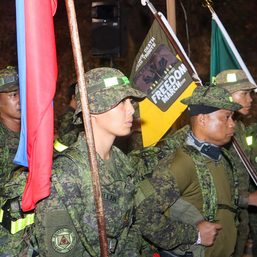
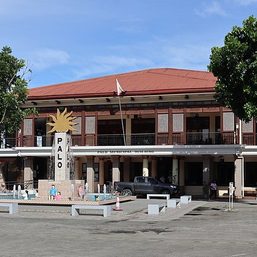
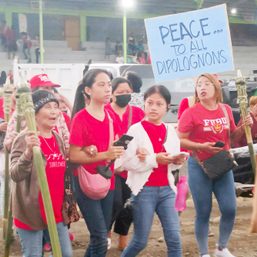



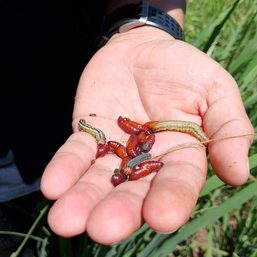

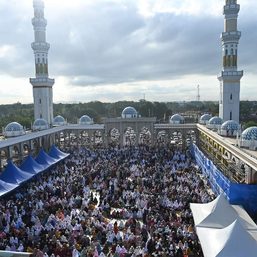


There are no comments yet. Add your comment to start the conversation.